Download Free Vegan Starter Kit -
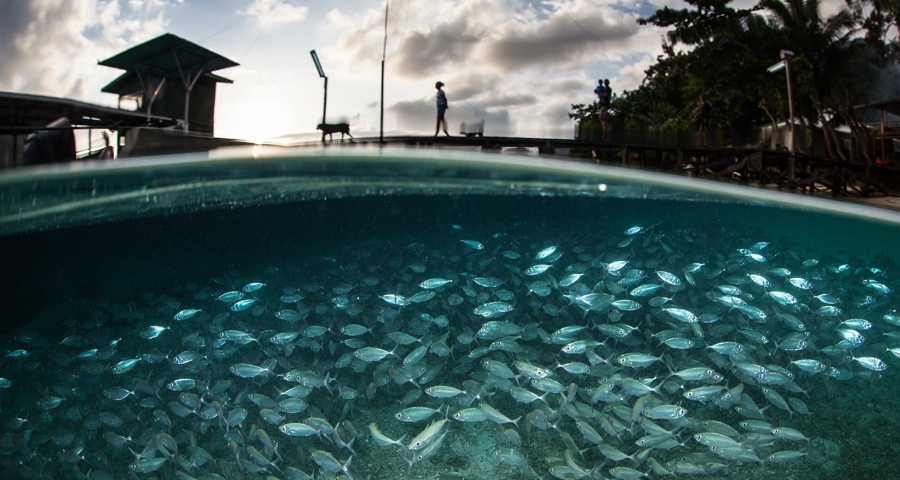
The Truth Behind The Fishing Industry
There are all kinds of people who call themselves vegetarians. A strange kind are the ones who don't eat meat but eat fish and aquatic creatures. This thought process is popular in many South Asian countries including our West Bengal.
Traditional fishing itself is massively cruel.
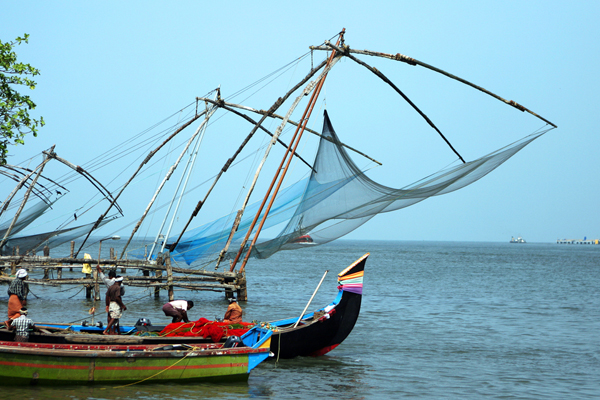
Traditional fishing usually involves the use of nets and fishing poles. Even traditional fishermen do not use simple small boats. They use large mechanised boats and venture quite deep into the sea. These fish are pulled out of the water when they start running out of breath. To maintain freshness till the boats can return, which at times is a few days, the fish are kept in shallow waters in the boat itself. This way, the fish keep gasping for breath but do not die for days. One can even see alive fish being sold in the fish market.
Modern Trawlers are Monsters
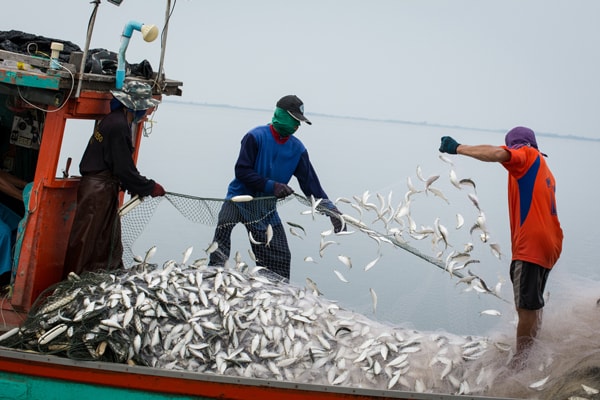
Most of the fishing worldwide has been taken over by large corporations who make massive investments in ship-sized trawlers. India is no exception, where companies are rapidly driving fishermen out of the competition. These trawlers form a fleet. Just like in the army, they have a defined structure, formation and role. The ships also have a full-fledged factory on board to sort, process and freeze the fish while onboard.
These ships first use sonar waves to find the areas that are dense with marine life. Then a formation of ships with a net scoops out all marine life swiftly on their way. This catches all kind of fish and marine creatures. The smallest target fish is not very large and so almost every form of life gets trapped in the nets. These fish remain tightly held in the nets and are squeezed by the tremendous pressure of these fast moving boats. Due to the massive weight and tonnes of catch, many fish have their eyes burst and other creatures die in the nets.
This entire lot is transferred onto the factory ship where machines and then workers sort out the fish. Since consumers want only certain kind of fish, the rest of the catch that includes inedible turtles, frogs, crabs, eels, starfish, octopus and even birds are kept on board till being sorted, after which they are thrown back into the ocean. Depending on the size of the catch, it can be 40-50 percent but at times even goes up to 90 percent when expensive or exotic fish is targeted or sometimes because of misjudgment. Which means in one single catch lakhs of fish are caught and are not even brought back to the land. They pass through the sorting system on the ship and then thrown back, either dead or dying.
With such huge production over decades, fish stocks have vanished from the sea and the industry has been compelled to run ‘fish farms’.
Fish farms are more than a hell hole
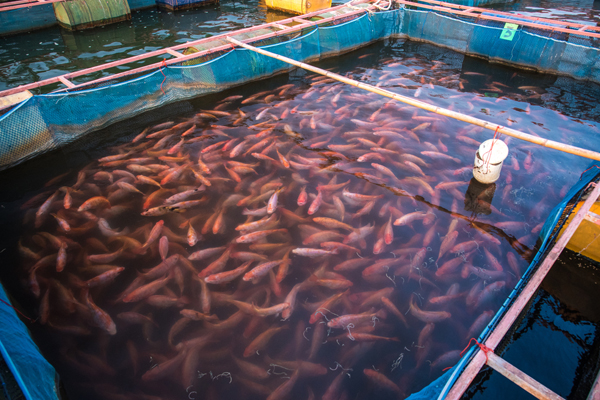
“Industrial fish farming, or aquaculture, is the fastest growing form of food production in the world. About 50 percent of the world's seafood now comes from fish farms. In 2011, global farmed fish production topped beef production. The gap increased in 2012 when 66 million tonnes of farmed fish were produced, compared to 63 million tonnes of beef. The farmed seafood industry continues to ramp up to the tune of $60 billion in revenue a year.” Mrs Maneka Gandhi, chairperson, People for Animals wrote in her article in Firstpost.com
Fish, just like other ‘farmed’ animals are produced in billions and kept in concentrated appalling conditions. Fish who are known to swim several kilometers in a day is confined to small ponds or areas of the sea and confined by nets.
The fish are required to produce more fish as fast as possible, to attain which outright savage techniques are used. Prawns and shrimps have their eyes gouged out crudely by fingernails by hundreds of workers to boost their egg production. This process is called as eyestalk ablation.
Sea lice, a type of crustacean found parasitising captive fish has the capacity to literally eat at the fish until its bone. Sea lice are marine parasites that feed on the mucus, skin tissue, and blood of fish.
Instead of reducing the fish in the inland ponds, fish farms deal with the problem of sea lice by increasing the toxic pesticides poured into the water. Like other farms, pests, bacteria and viruses thrive in fish farms. Their faecal matter is in high concentration which leads to foul smell and increased infections. To control this, there is a routine administration of antibiotic medicines in the entire water. This is leading to disease resistant bacteria in fish as well.
These fish routinely escape into the wild spreading diseases to other fish as well and causing tremendous environmental damage.
Carnivorous Cows
Fishmeal today is one of the cheapest raw materials for the food industry. Fishmeal was often fed to chicken and other birds. With the introduction of techniques of making it more palatable, fishmeal was started being given to herbivorous animals. When mad cow disease was in the international news, the beef industry agreed to stop feeding cows to cows but did not agree on cutting down fishmeal and other forms of meat. Hence, the fish industry is also responsible for the conversion of a herbivore into a carnivore which is against nature.
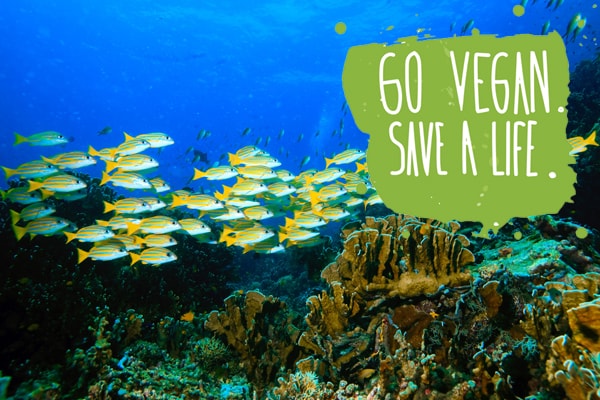
So, if you are still consuming fish thinking that it is merely about the death of an animal, it is not. The fish industry is as cruel as beef, poultry, and pig industry. Ruthless and profit greedy.
Like This?
Read: Seafood May Be Gone By 2048, Says Nat Geo
Read More: What is Animal Farming and How does it Affect us?
AUTHOR
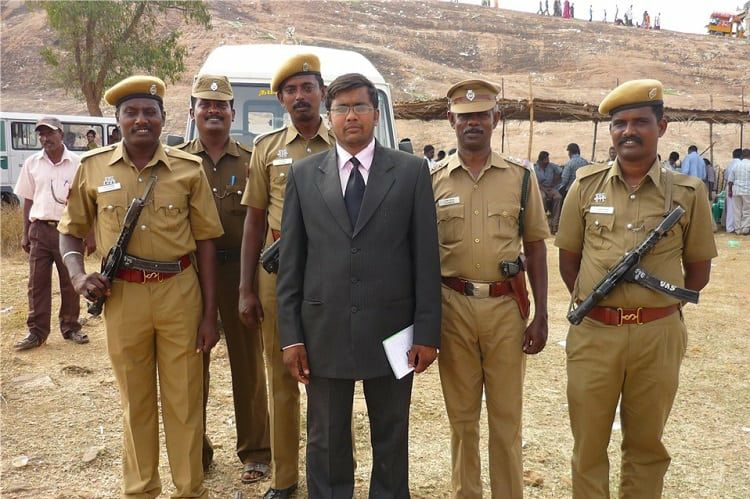
trending
Be a Vegan First Informer
Send us buzzworthy news and updates
Explore
Contact Us
About Us
Stay Connected
Copyright ⓒ 2017-2023. VEGAN PASSION PRIVATE LIMITED. All Rights reserved.
For more information, please write to hello@veganfirst.com
Registered Office Address: 55, 2nd floor, lane 2, Westend Marg, Saidullajab, Near Saket Metro Station, New Delhi, Gadaipur, New Delhi South West Delhi, DL

2.png)

.png)

.png)
2.png)
2.png)
2.png)


1.png)
